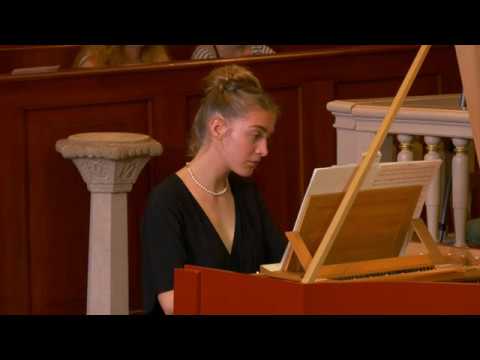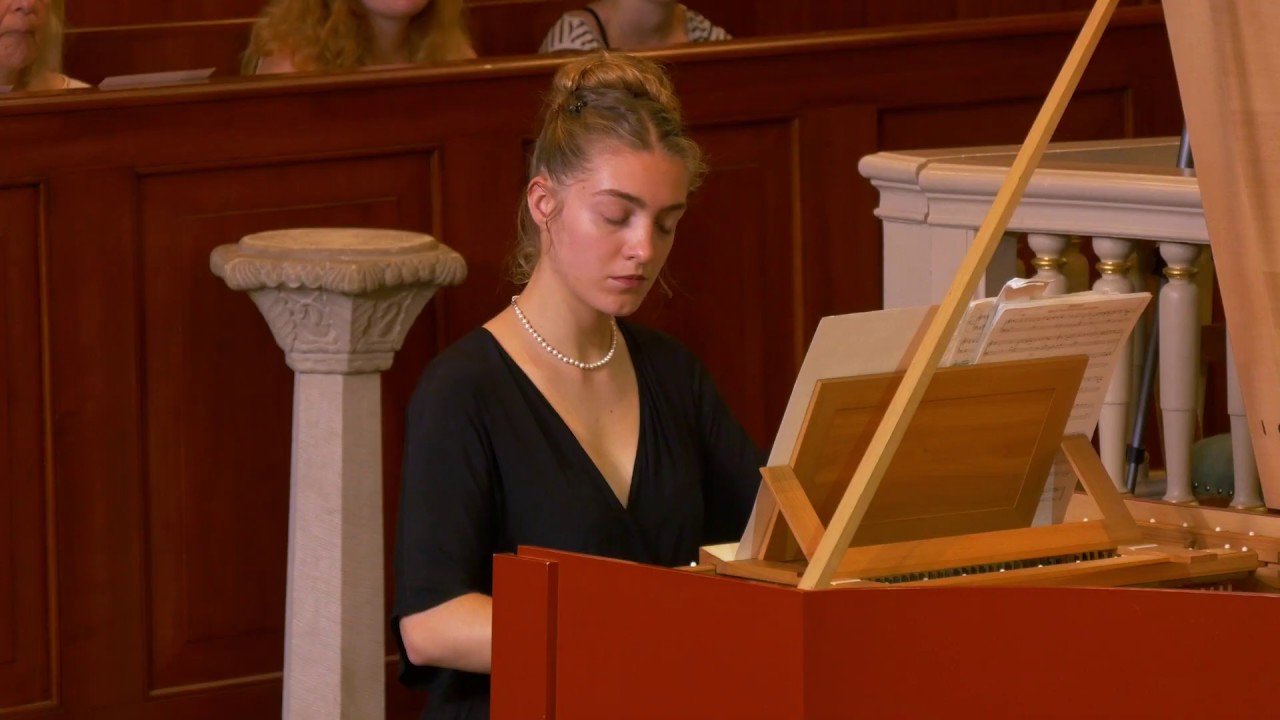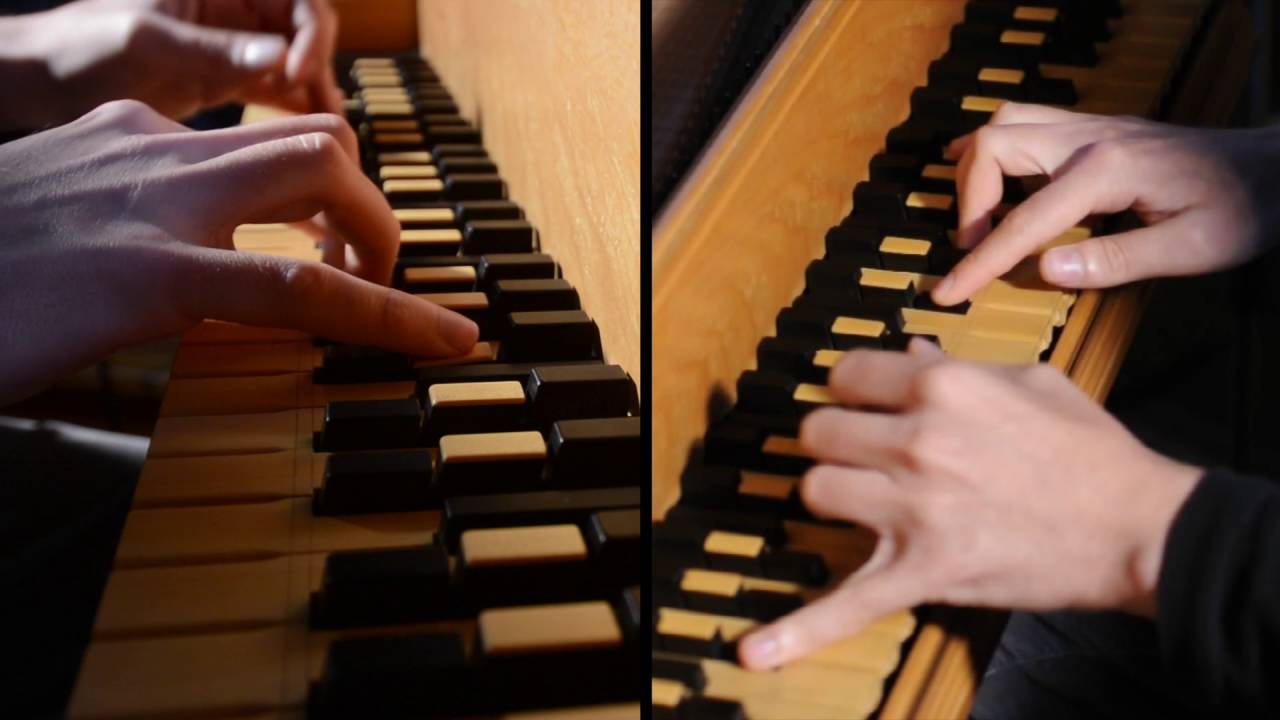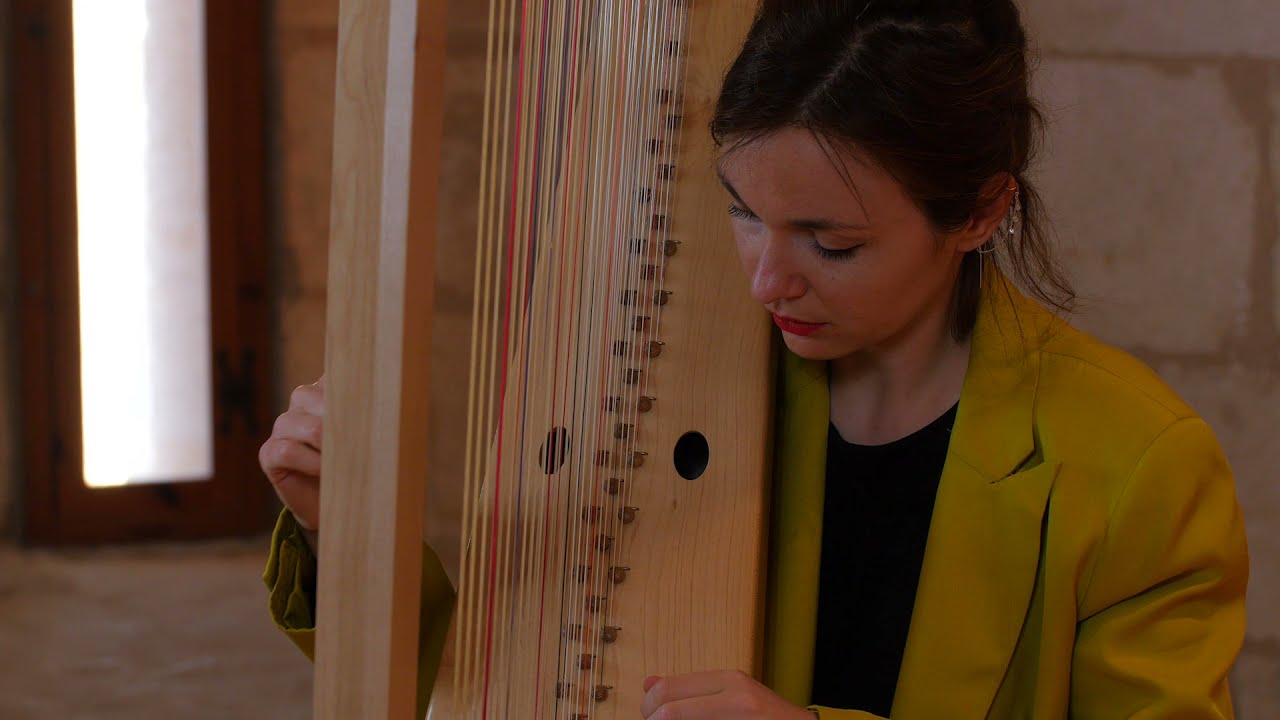Dear Matthew, all,
 | mdaillie Matthew Daillie
| mdaillie Matthew Daillie
June 8 |
Thank you Lewis for your detailed explanations and Claudio for your suggested reading. Much to ponder and to explore.
Happy to expand on this if aspects of it are of interest.
On a practical level, I find it difficult to find a suitable meantone tuning for playing some of the 16th century and early 17th century Italian repertoire if one has a keyboard with no split sharps. An example is another piece by Maione entitled Recercare Sopra il Canto Fermo di Costantio Festa (from Diversi capricci per sonare, Libro II). It requires an Ab in bar 8 and a G# in bar 30.
Fortunately they are not in the same octave so one can tune the specific notes differently (Paul Poletti discusses this practice and the problems it raises in his section on Tuning and Temperament in The Cambridge Companion to the Harpsichord). The piece also requires one to tune so as to have C#s and F#s as well as Bbs and Ebs. There are many other situations, however, where there just don’t seem to be any satisfactory solutions if one doesn’t have a split-key instrument.
Given the availability of the cembalo cromatico and, doubtless in larger numbers, of instruments with divided D#/Eb and G#/Ab in at least the middle two octaves, notably in Naples and Rome, it’s likely that Ascanio Mayone would have had such an instrument in mind; but it seems likely that players with only 12 keys per octave would have used a compromise tuning, as, for example, Arnolt Schlick already did a century earlier.
Interestingly, the piece which follows the Recercar mentioned above in Maione’s book is a far more elaborate version for harp (‘per sonar all’arpa’). One wonders how much the keyboard player was expected to use it as an inspiration for his own performance.
Although the GG-d’‘’ compass of the ‘per l’arpa’ pieces published alongside their keyboard works by Mayone and Trabaci distinguishes them from the keyboard pieces, they can readily be adjusted (slightly) and sound very well on the harpsichord. Try playing Trabaci’s intabulation of Arcadelt’s Ancidetemi pur, which compares very favourably with Frescobaldi’s version of the same madrigal.
https://www.youtube.com/watch?v=0WTwBQL1eDQ
Trabaci comments on the long duration of the bass notes of the harp – presumably in contradistinction to the swifter decay of the harpsichord – so harpsichordists might experiment with restriking certain notes where a more ample sound would help.
Of course, players of the triple harp, with 19 or 21 strings per octave, had added potential for subtleties of tuning…
Here is what it sounds like:
https://www.youtube.com/embed/avUmqnH3MrQ
Best wishes,
Lewis.




